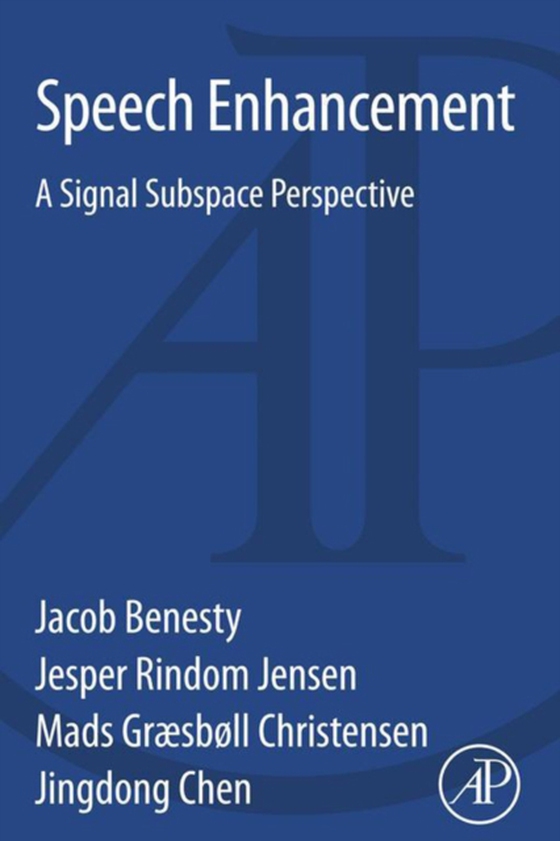
Speech Enhancement e-bog
403,64 DKK
(inkl. moms 504,55 DKK)
Speech enhancement is a classical problem in signal processing, yet still largely unsolved. Two of the conventional approaches for solving this problem are linear filtering, like the classical Wiener filter, and subspace methods. These approaches have traditionally been treated as different classes of methods and have been introduced in somewhat different contexts. Linear filtering methods orig...
E-bog
403,64 DKK
Forlag
Academic Press
Udgivet
4 januar 2014
Længde
138 sider
Genrer
Biomedical engineering
Sprog
English
Format
pdf
Beskyttelse
LCP
ISBN
9780128002537
Speech enhancement is a classical problem in signal processing, yet still largely unsolved. Two of the conventional approaches for solving this problem are linear filtering, like the classical Wiener filter, and subspace methods. These approaches have traditionally been treated as different classes of methods and have been introduced in somewhat different contexts. Linear filtering methods originate in stochastic processes, while subspace methods have largely been based on developments in numerical linear algebra and matrix approximation theory. This book bridges the gap between these two classes of methods by showing how the ideas behind subspace methods can be incorporated into traditional linear filtering. In the context of subspace methods, the enhancement problem can then be seen as a classical linear filter design problem. This means that various solutions can more easily be compared and their performance bounded and assessed in terms of noise reduction and speech distortion. The book shows how various filter designs can be obtained in this framework, including the maximum SNR, Wiener, LCMV, and MVDR filters, and how these can be applied in various contexts, like in single-channel and multichannel speech enhancement, and in both the time and frequency domains. First short book treating subspace approaches in a unified way for time and frequency domains, single-channel, multichannel, as well as binaural, speech enhancement Bridges the gap between optimal filtering methods and subspace approaches Includes original presentation of subspace methods from different perspectives
 Dansk
Dansk

